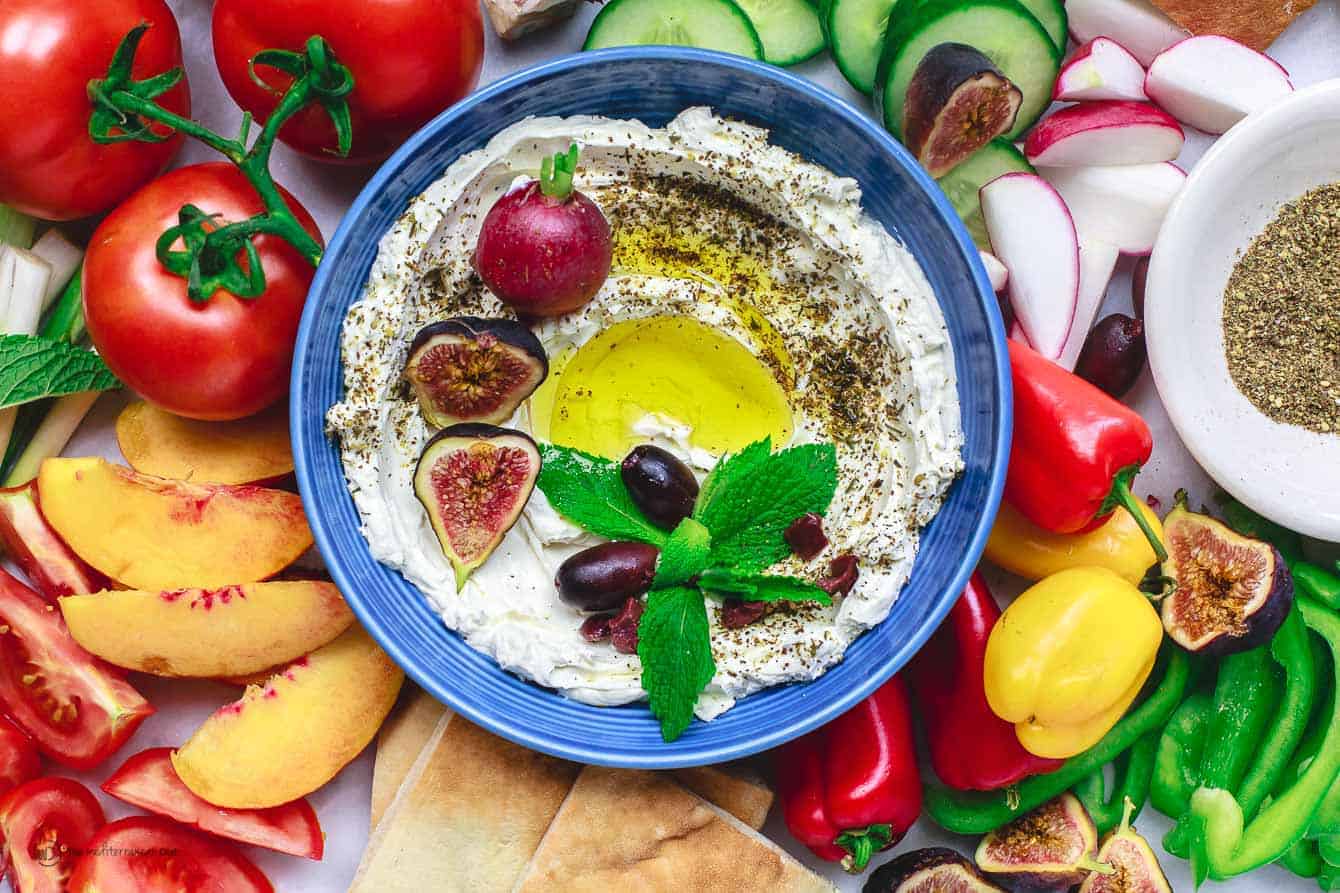Both Ramadan and Eid are celebrated with yogurt as a food. Yogurt has been a standard in society for ages for cultural reasons. Yogurt is a dairy product that has been consumed for thousands of years and is popular all over the world. It is made by fermenting milk with live bacterial cultures, which gives it its unique texture and tangy taste. Yogurt is not only delicious but also has several health benefits. Here are some of the health benefits of yogurt:
• Yogurt contains live bacterial cultures, which are beneficial for gut health. These bacteria are also known as probiotics and can help maintain a healthy balance of microorganisms in the gut. This can help improve digestion, boost immunity, and even reduce the risk of certain diseases.
• Yogurt is an excellent source of calcium, which is important for strong bones and teeth. One cup of plain yogurt can provide up to 30% of the daily recommended intake of calcium.
• Yogurt is a good source of protein, which is essential for building and repairing tissues in the body. One cup of plain yogurt can provide up to 12 grams of protein.
• Yogurt can be a part of a healthy diet for weight management. The protein and probiotics in yogurt can help increase feelings of fullness and reduce appetite, which can lead to fewer calories consumed overall.
• Studies have shown that consuming yogurt may be associated with a reduced risk of chronic diseases such as heart disease
There are several reasons why one might prefer making yogurt at home:
Health benefits:
Homemade yogurt can be healthier than store-bought yogurt because you can control the ingredients and sugar content. You can use high-quality milk, avoid artificial flavors, and add fresh fruit for natural sweetness.
Cost-effective:
Making yogurt at home can be more cost-effective than buying it from the store. Once you have the initial equipment, you can make multiple batches of yogurt for the price of one store-bought container.
Control over the fermentation process:
Making yogurt at home allows you to have control over the fermentation process, which determines the thickness and tanginess of the yogurt. You can also experiment with different cultures to create a yogurt with a unique flavor profile.
Environmentally friendly:
Making yogurt at home can reduce the amount of plastic waste generated by store-bought yogurt containers.
Fun and easy:
Making yogurt at home can be a fun and rewarding experience, and it’s relatively easy to do. All you need is milk, a culture, and a few basic tools. You can also involve your family or friends in the process and have a fun activity to do together.
Recipe for homemade yogurt:

Ingredients:
4 cups of milk
1-2 tablespoons of plain yogurt with live active cultures
A saucepan
A glass jar with a lid
A large pot with a lid
Instructions:
• Pour the milk into a saucepan and heat it over medium heat, stirring occasionally to prevent it from sticking to the bottom of the pan. Heat the milk until it reaches a temperature of 82-85°C (180-185°F).
• Once the milk has reached the desired temperature, remove it from the heat and allow it to cool down to 40-45°C (104-113°F). You can speed up the cooling process by placing the saucepan in a bowl of cold water.
• Once the milk has cooled down, stir in 1-2 tablespoons of plain yogurt with live active cultures. Mix well to ensure that the yogurt is evenly distributed throughout the milk.
• Pour the milk and yogurt mixture into a clean glass jar with a lid. Make sure the jar is clean to avoid any contamination that could prevent the yogurt from setting.
• Place the jar in a large pot with a lid and wrap it in a thick towel or blanket. The pot will act as an incubator and keep the yogurt warm while it sets. Leave the pot in a warm place for 6-12 hours, depending on how tangy you like your yogurt.
• After the incubation period, remove the jar from the pot and check to see if the yogurt has been set. It should be thick and creamy, with a slightly tangy taste. If the yogurt hasn’t been set, you can incubate it for another few hours.
• Once the yogurt has set, chill and store.
Recipe for homemade Labneh:

Labneh, often spelled labnah or labne, is essentially yogurt cheese and is tangy, thick, and creamy. Similar to Greek yogurt, it is created by straining yogurt until the majority of the liquid has been removed. Labneh is more strained yogurt if you consider Greek yogurt to be strained yogurt.
It’s easy to make labneh. A little salt and either quality full-fat cow’s milk yogurt or natural goat’s milk yogurt are required. Yogurt should be mixed with salt, put in a muslin or linen cloth, and hung from the kitchen faucet. Leave the difficult task to time. You are left with a deliciously thick spreadable cheese when the whey strains out over many hours.
You can swap this homemade labneh recipe for cream cheese (a little lighter, perhaps). It may surely be used as a cream cheese substitute or spread on sandwiches. Spread it in a bowl with a pool of quality olive oil and top it with a liberal amount of Za’atar spice to prepare it in a Middle Eastern manner.







